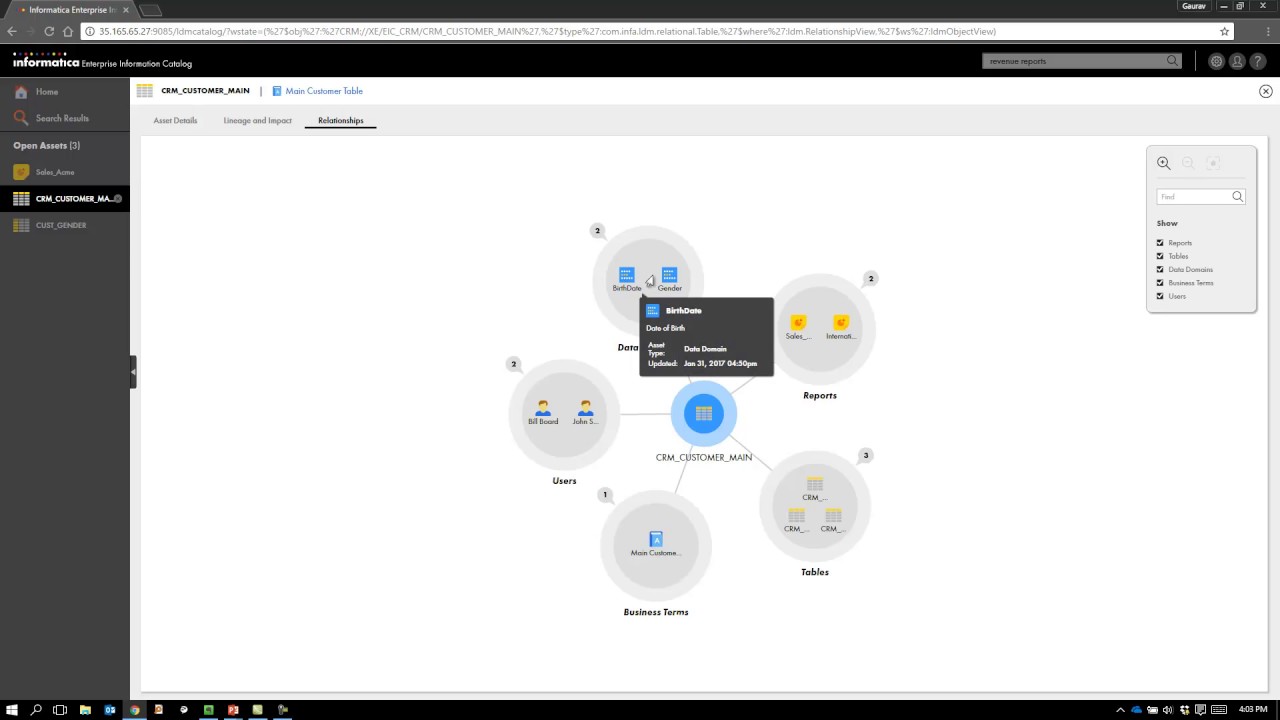
The setup in question is performed as follows: Activating this log and setting it up properly is a necessary part of the setup for PostgreSQL binary backup process. First of all, the entire mechanism of a binary dump works via the transaction log within the PostgreSQL itself called Write-ahead log (WAL). # /etc/init.d/bacula-dir reload Binary dumpĪs we’ve said before, the binary dump is slightly more difficult and requires more setup to work properly. To check if the configuration was correct, and to apply the changes above, you’ll have to enter specific commands, as follows: # Offloading resources as soon as the process is complete # Beginning the backup process for the dumped dataĬommand = "/bin/bash -c 'sudo -u postgres pg_dumpall -clean -inserts -verbose -file=/var/backups/bacula-pg_dump/`date +\"%%Y-%%m-%%d_%%H:%%M\"`.sql 2>/var/log/bacula-pg_dump.log'" # Cleaning up and recreation of a dump backup directoryĬommand = "rm -rf /var/backups/bacula-pg_dump"Ĭommand = "mkdir -p /var/backups/bacula-pg_dump"Ĭommand = "chown -R postgres:postgres /var/backups/bacula-pg_dump" # Starting up the dump process for all of the local PostgreSQL databases in SQL format: # Database dump directory for backup purposes

The only thing you’ll have to do once you have sufficient access level within the database (and once you have Bacula set up, as well) is to create the Bacula backup job the normal way for PostgreSQL service and then add specific lines to the configuration of the job you’re about to create, as follows: We’ll start with SQL dump as the easier way, and then go over the specifics of a binary dump. To perform a binary dump you will have to “prepare” the database for that, and the preparation process might seem complicated for some users.Īt the same time, SQL dump method is slower than the binary dump, and causes more load on the overall system bandwidth in the backup process, while binary is faster and less resource-consuming. To perform an SQL dump there is no need to prepare the server in any way, you just need to have the sufficient user privileges. The differences between those are bigger than you may expect. Generally speaking, there’s two main ways to create a PostgreSQL backup: SQL dump and binary dump. Methods of backup creation for PostgreSQL When it comes to the entire backup process of PostgreSQL databases, it’s rarely adequate to simply copy your existing data – that’s why it is typically necessary to “dump” a copy of that data in a consistent directory before creating a proper backup. One of such tools is Bacula PostgreSQL backup software. The open-source nature of PostgreSQL has played its part in the appearance of many different backup options for this database, both with and without the use of third-party PostgreSQL backup tools. As such, there’s a need to do regular backups. Just as with any other database, PostgreSQL is typically used in a situation where the data it holds is of value.
POSTGRESQL DATABASE MANAGEMENT TOOLS SOFTWARE
One of the most popular PostgreSQL use cases is to act as a database management software for a wide range of applications with different purposes, like web apps, mobile apps, analytical apps, geospatial apps, and so on. This database management system has been around for more than 24 years and was supported by the vast support of the community for the majority of that time.
POSTGRESQL DATABASE MANAGEMENT TOOLS CODE
PostgreSQL is an enterprise-level relational database with open source code that supports JSON and SQL querying.


 0 kommentar(er)
0 kommentar(er)
